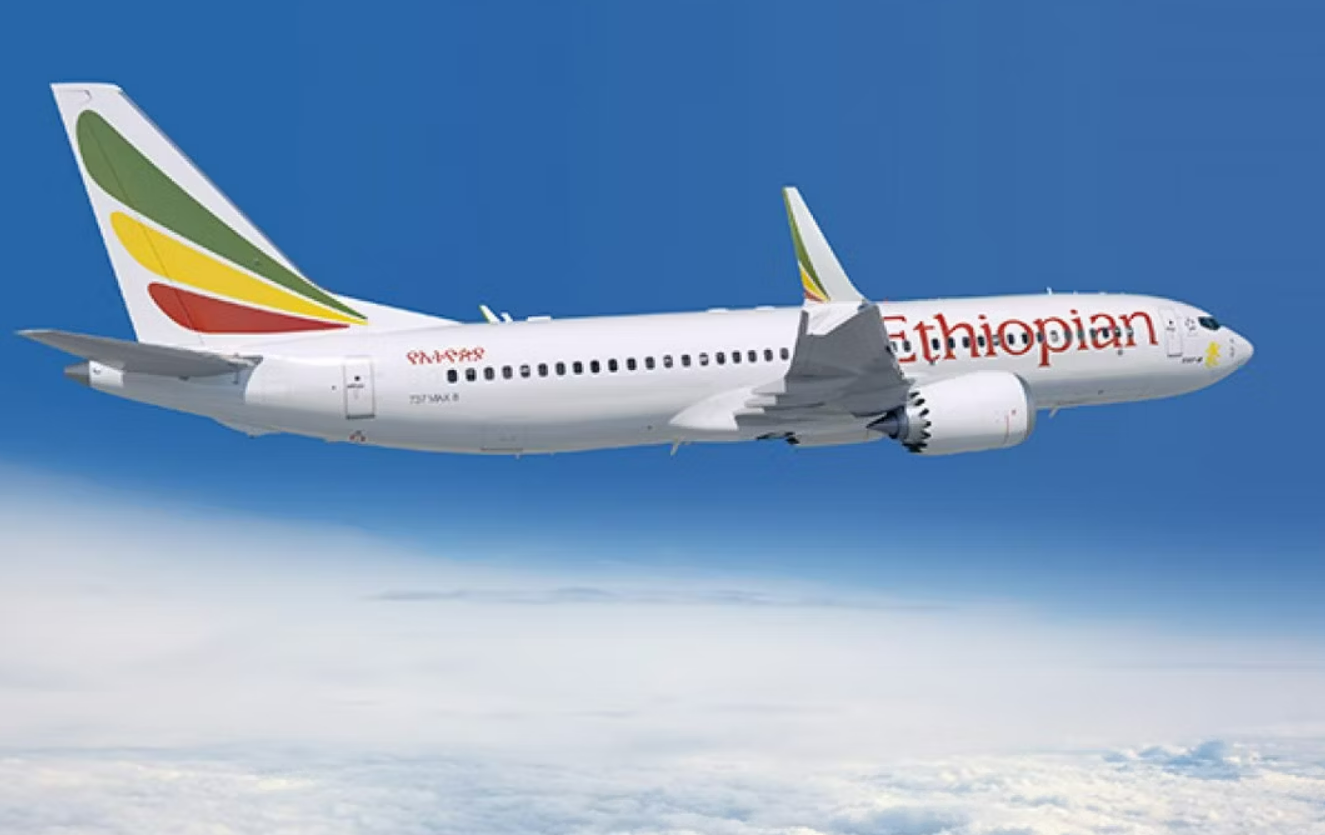The US National Transportation Safety Board has taken the unusual step of publishing the comments on its website after Ethiopia’s Aircraft Accident Investigation Bureau (EAIB) failed to include the NTSB’s comments in its final report on its investigation into the March 10, 2019, crash of Ethiopian Airlines flight 302, a Boeing 737-800 MAX.
Subscribe to the Airlineratings.com newsletter to get the relevant news first
Travolta’s 707 is closer to its final home in Australia
The NTSB comments include 10 major and serious omissions or criticisms of the EAIB report that are detailed below. The NTSB’s nine-page comment document makes for disturbing reading which, combined with the BEA’s criticism, calls into serious question the professionalism of the Ethiopian crash investigators.
In accordance with the provisions of the International Civil Aviation Organization Annex 13, countries participating in the investigation are allowed to review the draft report and provide comments to the investigative authority.
The EAIB provided the NTSB with its first draft of the report in late 2021. The NTSB reviewed the report and provided comments on several aspects of the accident the NTSB believed were insufficiently addressed in the draft report. The NTSB said that the comments were primarily were focused on areas related to human factors.
The NTSB said that after the EAIB reviewed the comments, it provided the NTSB with a revised draft report for its review. The NTSB said it determined the revised report failed to address its comments sufficiently. As provided by the ICAO Annex 13 process, the NTSB provided the EAIB with more expansive and detailed comments.
The NTSB said that “instead of incorporating the most recent and expanded comments into their report, or appending them as had been requested, the EAIB included a hyperlink in their final report to an earlier and now outdated version of the NTSB’s comments.”
The NTSB also noted that the final report included significant changes from the last draft the EAIB provided the NTSB. As a result, the NTSB is in the process of carefully reviewing the EAIB final report to determine if there are any other comments that may be necessary.
Here is a summary of the main points;
- We (NTSB) agree that the uncommanded nose-down inputs from the airplane’s MCAS system should be part of the probable cause for this accident. However, the draft probable cause indicates that the MCAS alone caused the airplane to be “unrecoverable,” and we believe that the probable cause also needs to acknowledge that appropriate crew management of the event, per the procedures that existed at the time, would have allowed the crew to recover the airplane even when faced with the uncommanded nose-down inputs.
- The operator’s failure to ensure that its flight crews were prepared to properly respond to uncommanded stabilizer trim movement in the manner outlined in Boeing’s flight crew operating manual (FCOM) bulletin and the FAA’s emergency airworthiness directive (AD) (both issued 4 months before the accident).
- The EAIB draft report includes multiple findings that question the functionality of the manual electric trim system but presents no facts to support these findings. In addition, the findings contradict the evidence from this investigation indicating that the system was functioning as intended.
- The EAIB draft report incorrectly states that design changes to the 737-8 MAX were not official and were not approved by the FAA.
- The EAIB draft report incorrectly states that Boeing did not respond or failed to respond appropriately to Ethiopian Airlines’ request for more information about the MCAS after the Lion Air accident.
- The EAIB draft report inappropriately states that the IAS (indicated airspeed) DISAGREE and ALT (altitude) DISAGREE messages were not displayed to the crew during the accident flight, and the EAIB used this incorrect assumption as a basis for its assessment of the crew’s performance.
- The EAIB draft report incorrectly states (in several locations) that the MCAS made control of the airplane “impossible” but neglects to state that, if the crew had manually reduced thrust and appropriately used the manual electric trim, the airplane would have remained controllable despite uncommanded MCAS input.
- The EAIB report inaccurately states that the crew performed actions “per the procedure.” Evidence shows that the crew did not appropriately perform non-normal procedures after receiving annunciations relating to unreliable airspeed, stall warning, and runaway stabilizer. The crew also did not respond as expected to the overspeed warning by disconnecting the autothrottle and reducing power.
























